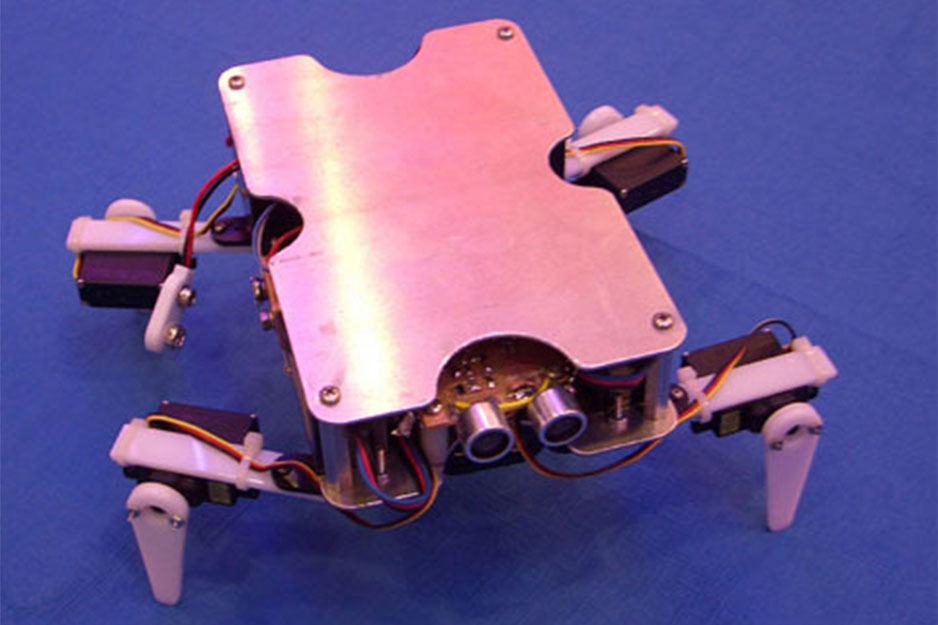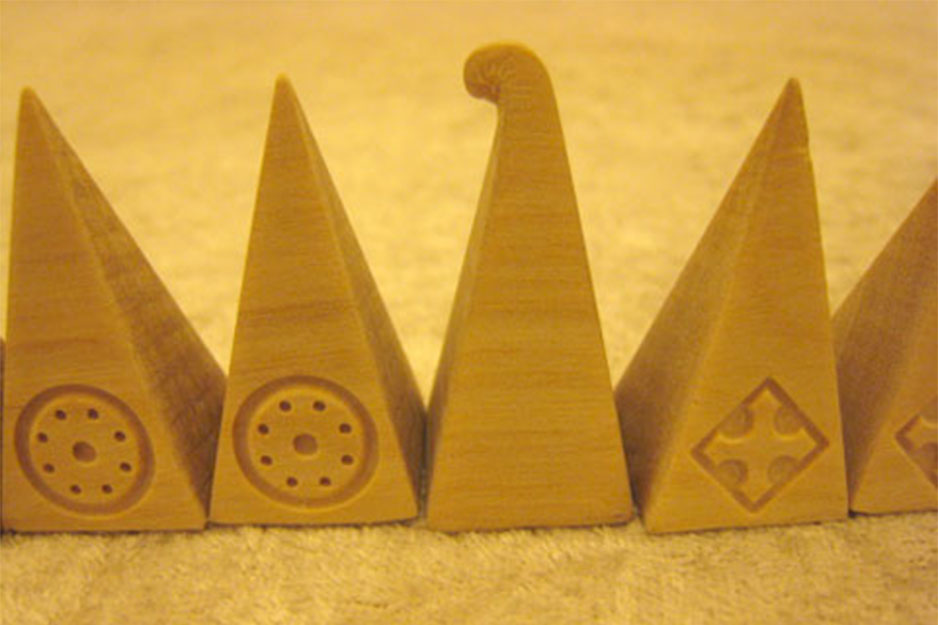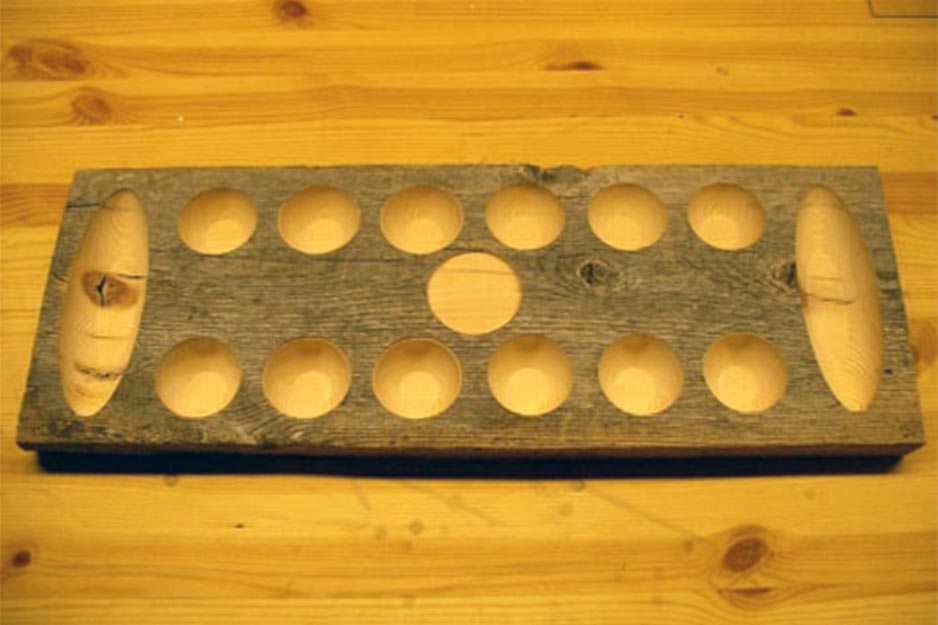Problem Solving with Roland Solutions in MIT's Fabrication Labs
MIT's Center for Bits and Atoms
Sherry Lassiter, program manager at MIT’s Center for Bits and Atoms, defines their Fab Labs, or fabrication labs, as “basically, playrooms on digital hormones.” Since 2002, she and her colleagues have established Fab Labs all around the world as free community resources. Initially funded using a grant from the National Science Foundation to explore the intersection of engineering, construction and computation, the labs are now sustained by local financing.
Fab Labs are designed to give communities the ability to quickly and inexpensively create solutions to personal and community problems. They provide a rapid prototyping facility comprised of commercially available computer-controlled machinery. Each Lab is equipped with five core instruments, among them, the Roland MDX-20 milling machine and GX series vinyl cutter. Other core instruments include a giant CNC (computer numeric control) wood router, a computer-controlled laser cutter, and electronic assembly and programming tools for low-cost high-speed embedded processors. Some Fab Labs are also equipped with a computer-controlled sewing machine.
“We needed equipment that was industrial strength, reasonably priced, and very versatile,” said Lassiter. “Roland was an obvious choice.” She explains that since most of the Fab Lab users are laypeople, often in remote locations, Fab Lab core equipment must be extremely easy to use and maintain. And since material options vary by location, the equipment must be able to accommodate a wide variety of media and substrates.
“Most of our users arrive with little technical expertise, and they can very quickly learn to use the MDX-20 to create anything from three-dimensional chocolate molds to surface-mount circuit boards.”
Lassiter values the precision and speed of the Roland MDX-20 scanning and milling system. “The accuracy is incredible,” said Lassiter. “Most of our users arrive with little technical expertise, and they can very quickly learn to use the MDX-20 to create anything from three-dimensional chocolate molds to surface-mount circuit boards.”
Roland’s GX series cutter is another critical element in the Labs. With its easy-to-follow instructions, the GX allows users to create signs, graphics, plastic stickers, 3D pop-up cards, dioramas, silk screening masks, and flexible circuits cut out of adhesive-backed copper foil.
In addition to fabricating their own designs, Fab Lab users can inexpensively create and customize commercially available items. For example, materials for fabricating a long-range antenna cost around $2, which is far cheaper than obtaining a commercially produced equivalent.
“We have had our MDX-20 milling machines and GX vinyl cutters in use for seven years now, in locations that include some of the hottest and most humid places on earth, and we haven’t had a single maintenance problem,” said Lassiter. “We have been amazed by the consistent high quality performance of the Roland machines, especially given the large number of users and variety of applications.”
The first Fab Lab was established in Pabal, northeast of Mumbai, India. Then came labs in Costa Rica and rural Norway. Today there are 30 Fab Labs around the world, including six in rural and urban settings across the United States. The size of the program is doubling roughly every 18 months as communities apply to have a Fab Lab of their own.
Fab Labs are connected via an always-on video conferencing tool to one another and to MIT, allowing inventors to share blueprints and receive guidance from researchers. The Labs use open-source software and some MIT-written programs as well as commercially available software to operate their machines.
To date, Fab Labs have been used to design everything from personalized toy robots to elaborate electronic communications systems. Fab Lab inventions range from simple to complex, and from utilitarian to utopian. Shepherds have developed tracking devices for their sheep, dairy farmers are developing analytical instrumentation to test the fat content and freshness of milk, and villagers developed LED light systems for areas not served by electricity. In other labs, inventors have created wooden toys and game pieces, scanned and printed blocks for embroidery, and fashioned tiny robotic animals. In all cases, the Fab Labs provide a local forum for low-cost custom production.
“Eventually, we foresee desktop fabrication becoming as widespread as desktop publishing,” said Lassiter. “Today, our users are producing just about anything they can imagine – from nano scale to building scale. We provide them with the best, most reliable and user-friendly tools we can find, and let them get creative.”






